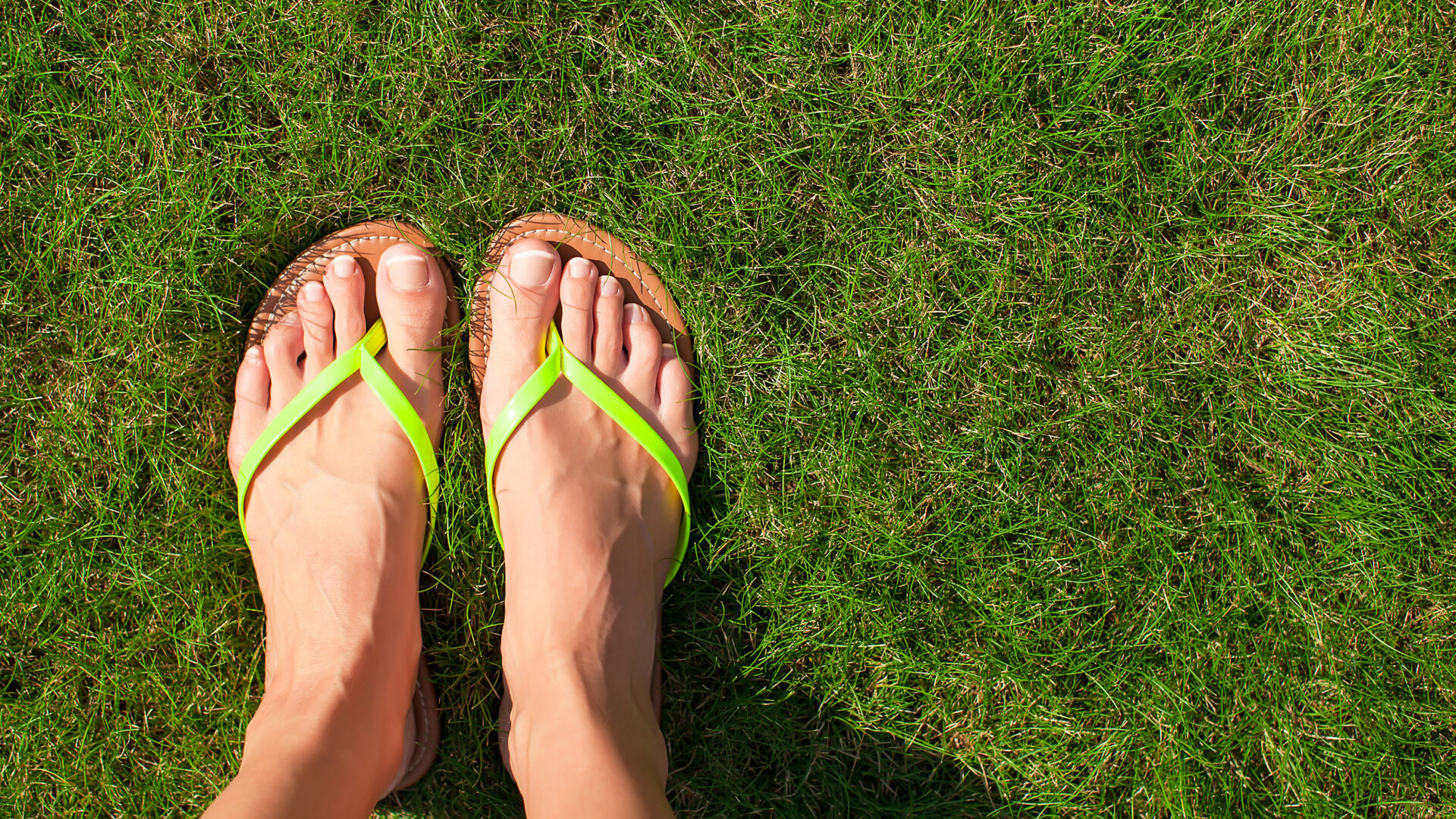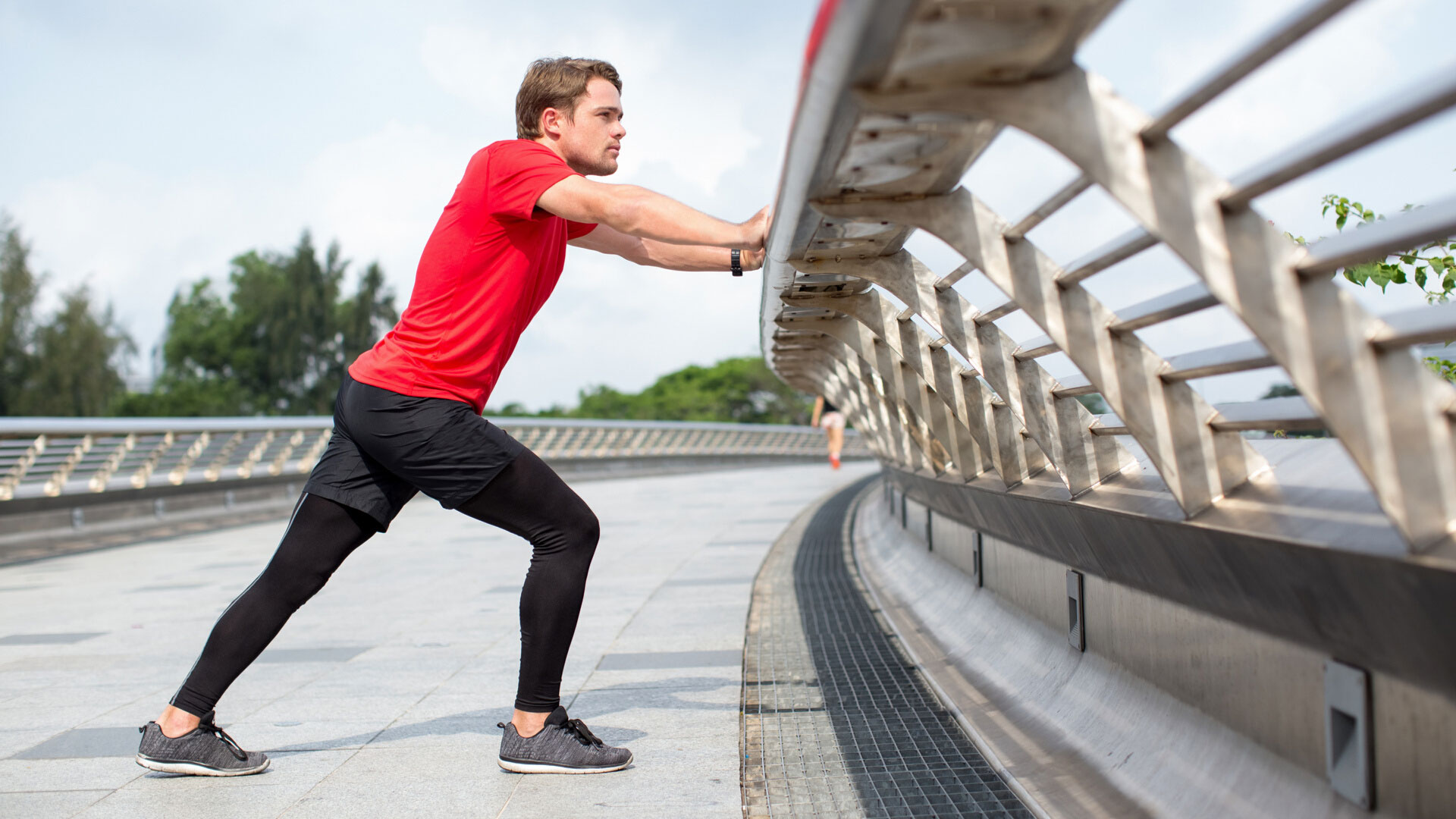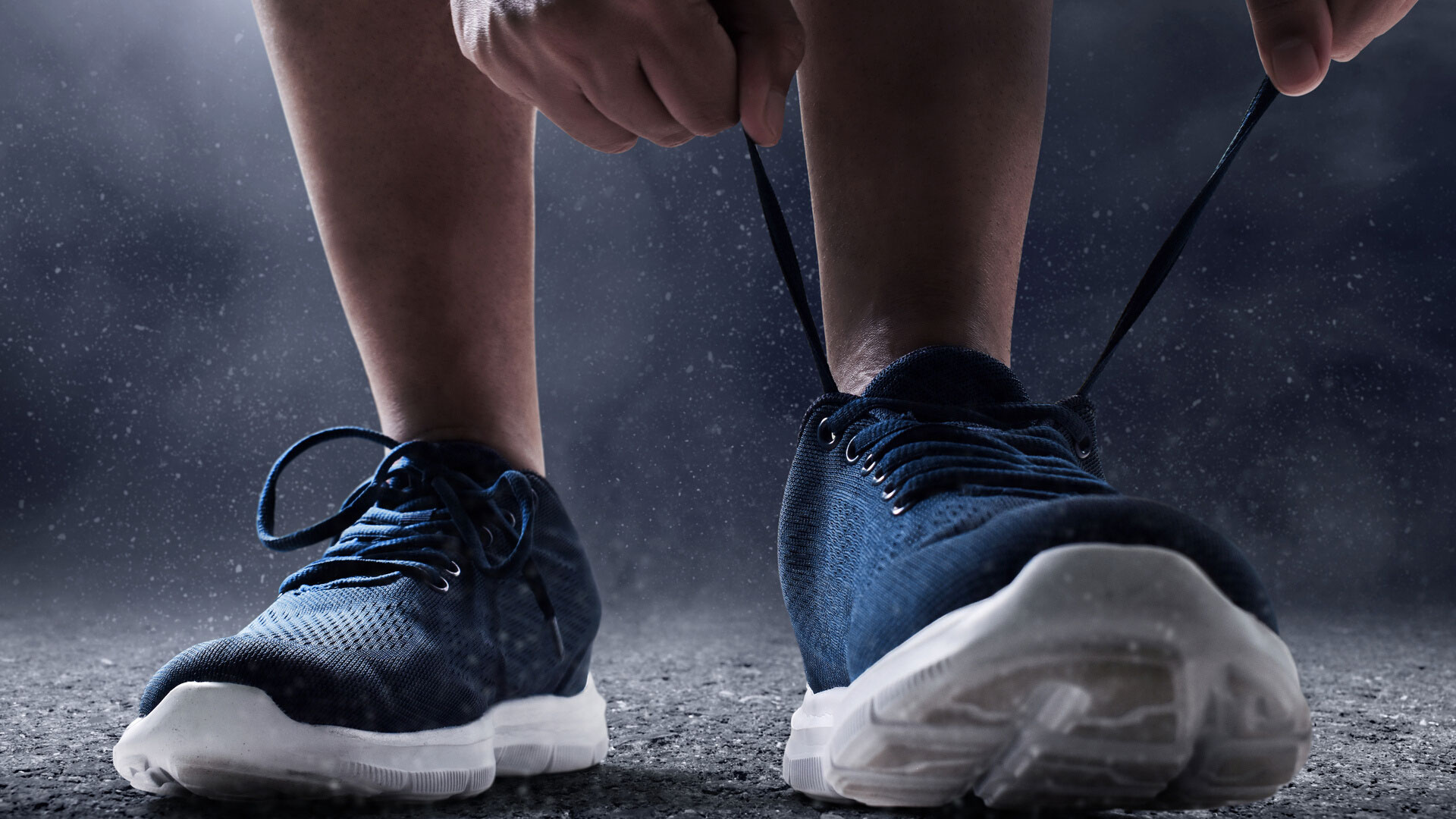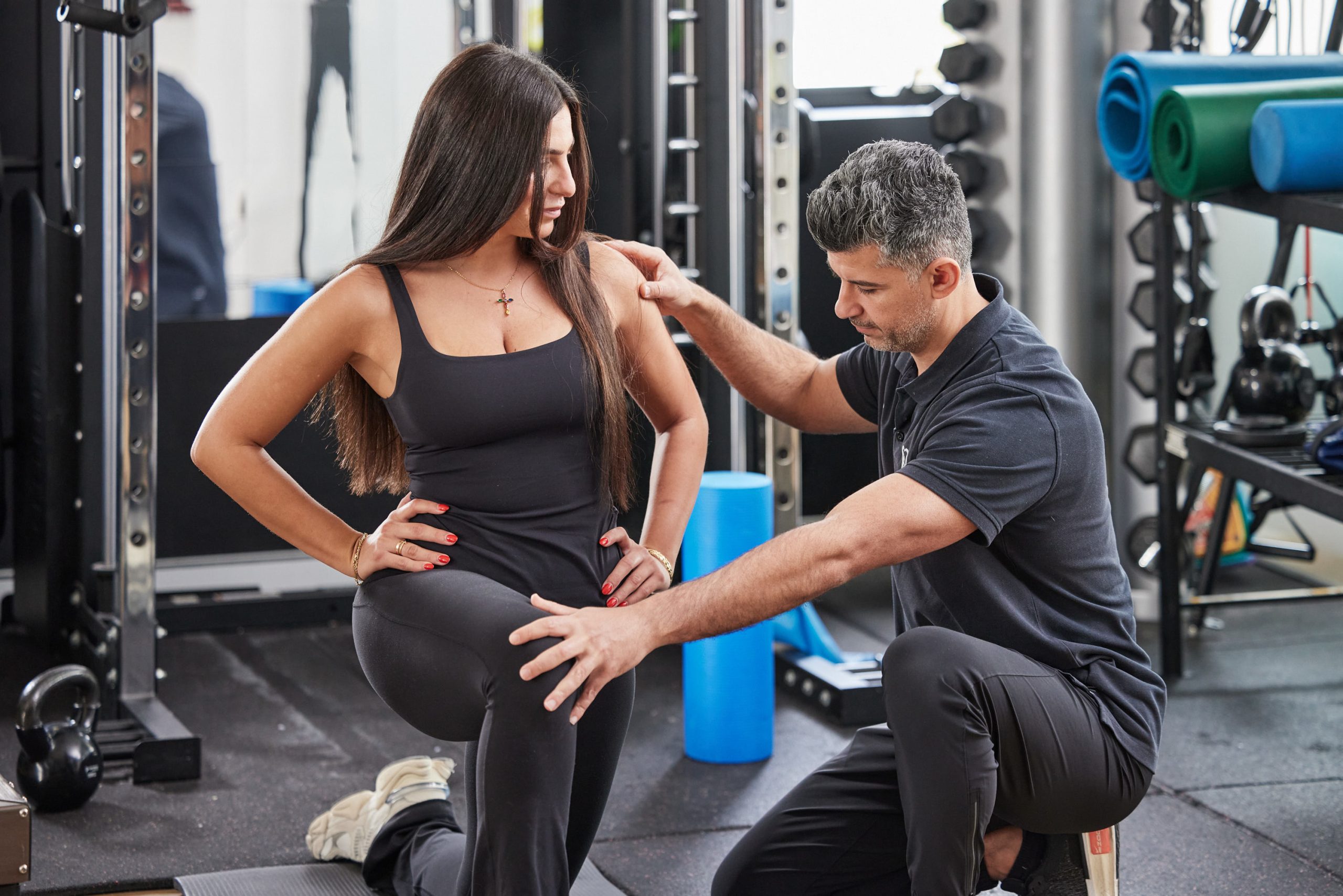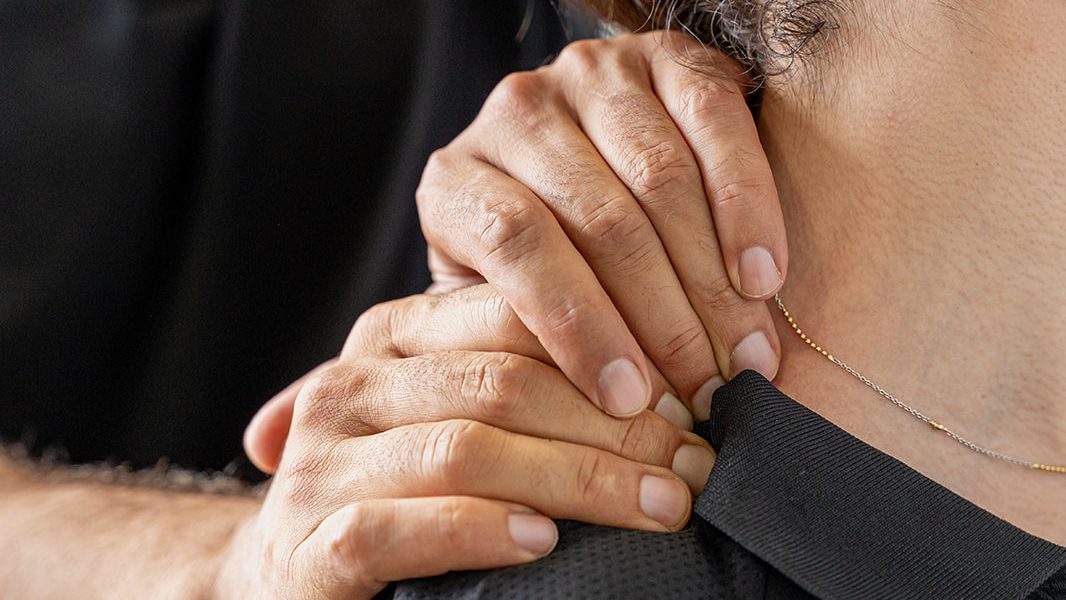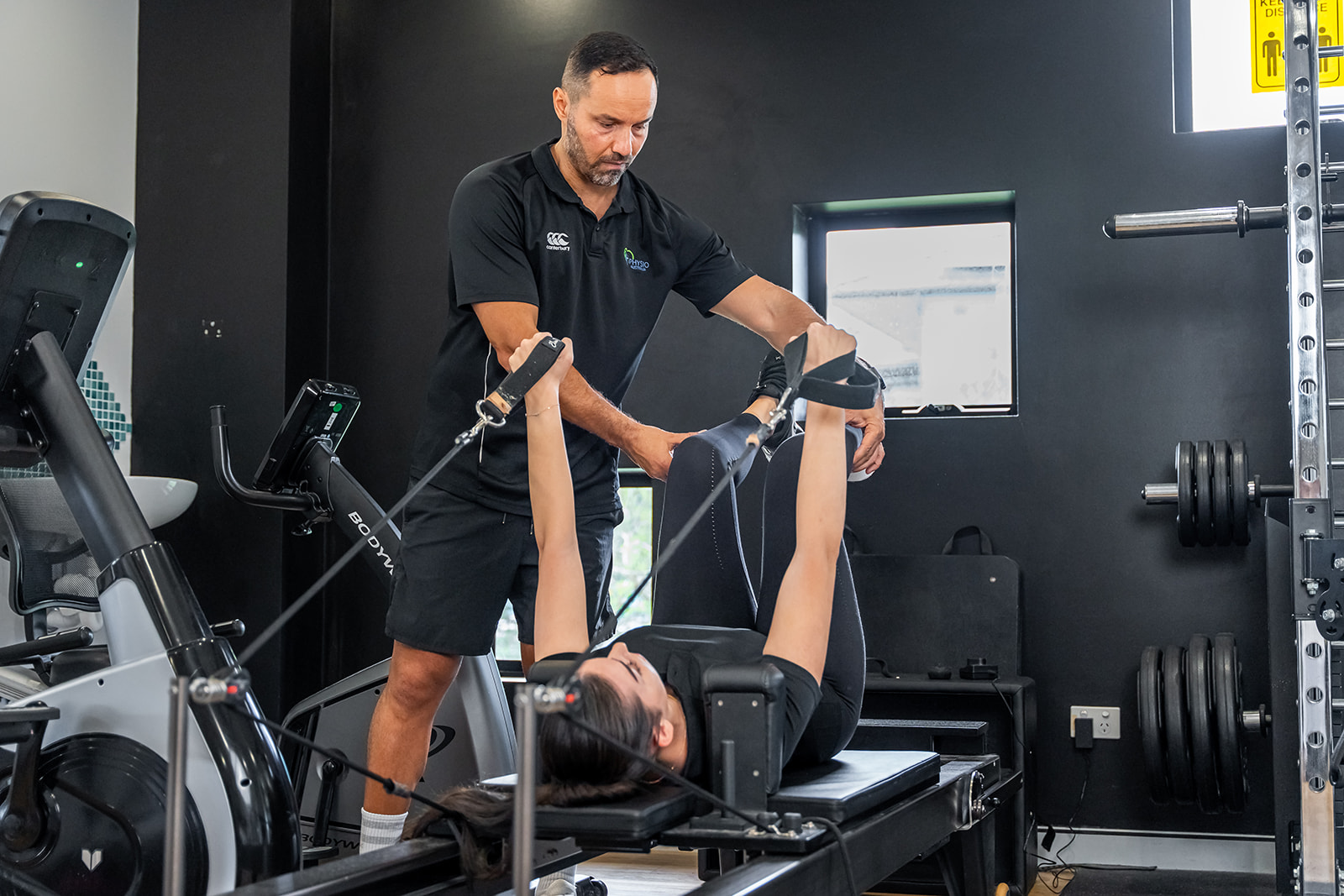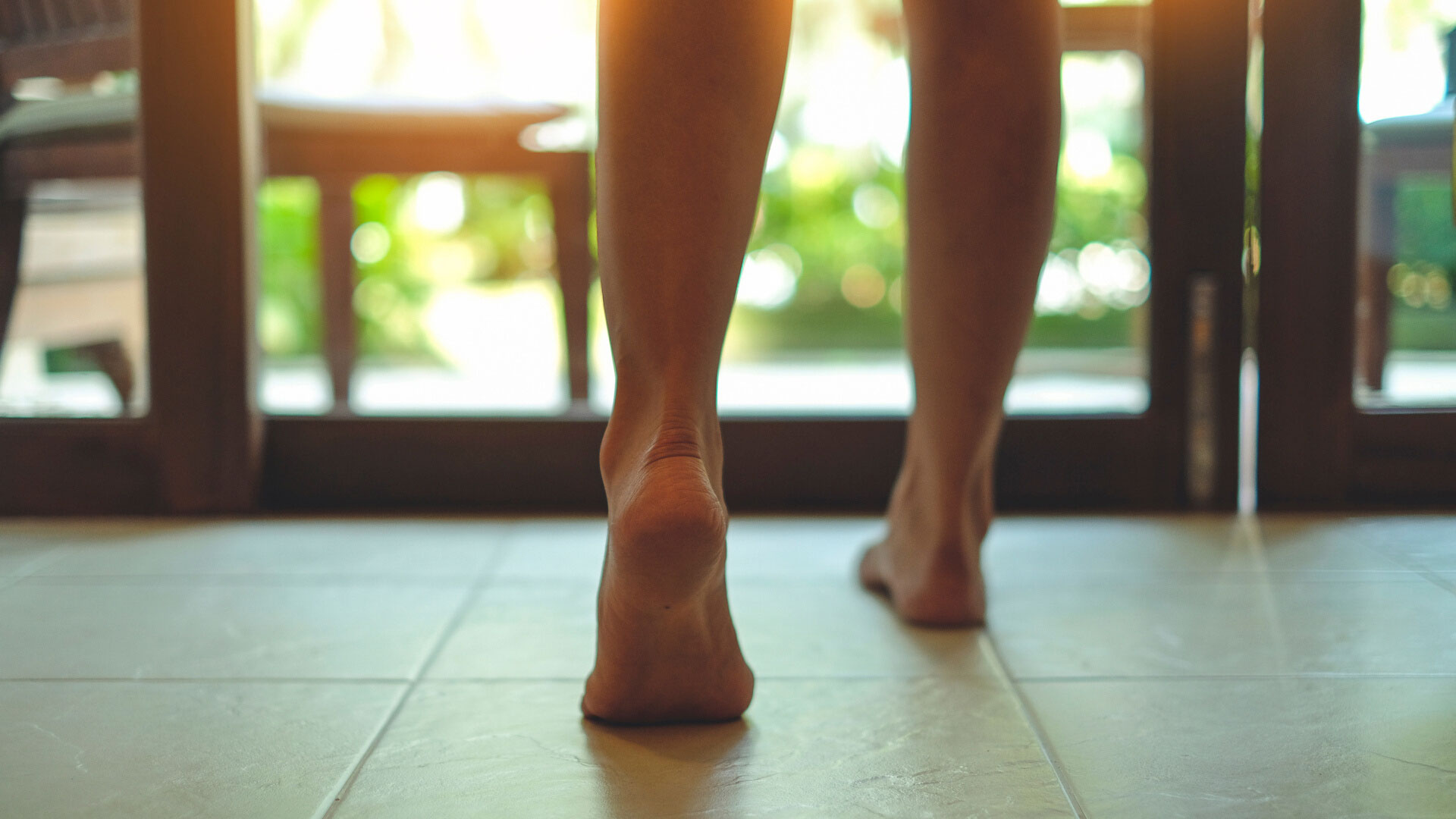
There is so much information out there nowadays on the internet, that researching to choose a physiotherapist and a treatment approach can get quite overwhelming.
This blog post is to draw your attention to some of the strategies, that we have used over the years, to help 1000s of patients just like you, get relief from plantar fasciitis and get back to doing the things you love.
As a multi-disciplinary clinic with Physiotherapists, Podiatrists and Massage Therapists, the most rewarding aspect of our jobs is getting people moving well, pain free and achieving their goals. We hope that at the end of this, we might be your choice of healthcare provider, however, the most important thing is that you make the right choice, whether it is with us or not.
Still have questions? Please don’t hesitate to contact us on: 0297396783
Thanks,
Abdul Chatila
Clinic Director
We have used this strategies over the years, to help 1000s of patients just like you, get relief from plantar fasciitis and get back to doing the things you love.
Number 1
Avoid Long Standing
Weight bearing and standing in one place for long periods of time is likely to cause soreness and aching especially if inflammation is already present in the area.
Try to take regular breaks if your job involves you being on your feet and change your position as much as possible to avoid long periods of time standing.
Number 2
Avoid High Impact Exercise
High impact exercise refers to any exercise where you leave the ground and land again such as skipping or running or even aerobics class. Whilst there is inflammation and pain in the tissues in and around your heel, it is best to avoid high impact exercise as the foot’s ability to cope with and absorb shock is likely to be affected at this time.
Our therapists will be happy to advise you as to when it is appropriate to reintroduce exercise and will give you lots of strategies to stop the injury from recurring.
Number 3
Avoid walking barefoot
When you are experiencing pain in your heel and/or the sole of your foot, it can indicate that some of the structures involved in supporting the arches and contours of your foot are inflamed.
Walking barefoot means that you are weight-bearing without giving these structures support.
A lot of people with heel pain or plantar fasciitis, find the pain is much worse first thing in the morning, so you may find it especially useful to avoid walking barefoot at this time.
Number 4
Avoid flat shoes
Very flat shoes such as ballet pumps, converse style trainers and flip flops are good examples of very flat shoes. These should be avoided. Very flat shoes provide no cushioning or shock absorption to your foot. They also provide no support to the arches and natural contours of your feet.
If you are experiencing regular pain, it is best to avoid spending long periods of time walking in this type of foot wear.
Number 5
Gentle Stretching
It is important that you get a diagnosis as to what is causing your persistent foot pain. There are several different causes of heel pain as discussed on our web page.
Gentle stretching your calf muscles as shown in this image is a good way of easing off muscle tightness in and around your ankle, which in turn can improve your quality of movement and reduce your pain.
Our knowledgeable team at iPHYSIO Australia will be able to advise you of not only stretches to help your foot pain but what you can do to keep it away for good!
Number 6
Wearing Supportive Shoes
Until your pain resolves it is advisable to make sure that you wear supportive shoes such as trainers. This is especially important if you are going to be walking or standing for a period of time.
These type of shoes help by providing shock absorption and supporting the arches and natural contours of your foot.
Our knowledgable team will be happy to advise you as to what type of supportive footwear is advisable for your specific problem.
Number 7
Over the Counter Insoles or Heel Supports
A common costly mistake when you have foot pain is to spend money on over the counter / off the rack insoles or heel supports that are described as being good for foot or heel pain.
Until you have a diagnosis as to what is causing your pain, these products are likely to give only very temporary relief or not be appropriate at all for your specific problem.
Our knowledgeable team at iPHYSIO Australia are able to diagnosis accurately what is causing your foot pain and advise you as to whether this type of product is suitable for you, often saving you a lot of money in the long term!
Related Posts
As the chill of winter fades and the days grow longer, spring is the perfect time to shake off the winter blues and embrace the great outdoors. Outdoor exercise not only boosts your physical fitness but also enhances your mental well-being, giving you a fresh start with the new season. Whether you’re a seasoned athlete […]
Headaches and migraines are common ailments that can significantly impact our quality of life. While many reach for medication, physiotherapy can offer a holistic approach to treating and managing these conditions. Today, we will explore how physiotherapy can help reduce the frequency and intensity of headaches and migraines, as well as providing long-term relief and […]
Pilates has gained popularity as a versatile exercise regime, not just for fitness enthusiasts, but also as a powerful tool for rehabilitation. As physiotherapists, we recognise the immense benefits that Pilates offers in terms of strengthening muscles and aiding recovery from injuries. Let’s take a look at why Pilates is such an effective method for […]


